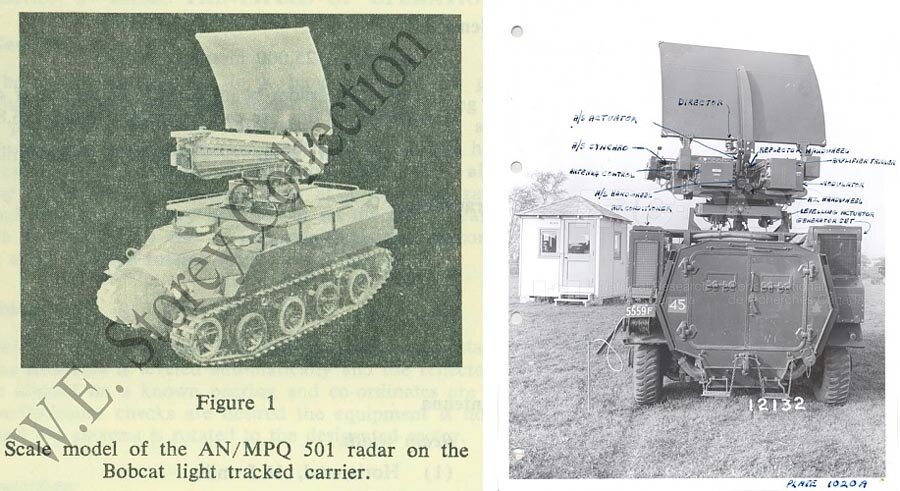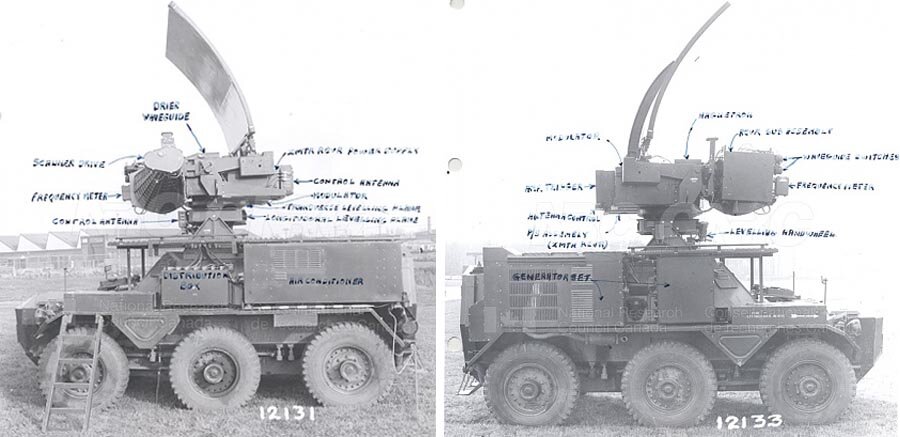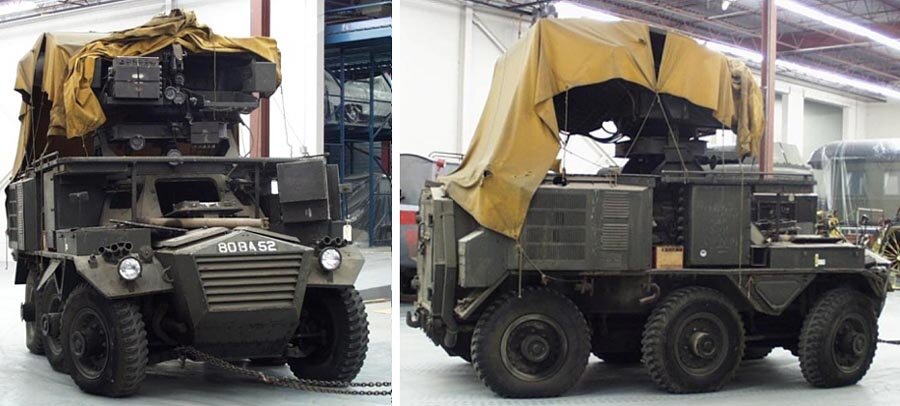Maury Markowitz
From the Great White North!
- Joined
- 27 February 2014
- Messages
- 192
- Reaction score
- 144
Check out this interesting photo:
It purports to be the world's first mortar-locating radar, apparently a Canadian invention and produced at CAL's purpose-built plant in Scarborough (now row houses, naturally).
My question: that is a Saracen, right? Googling MPQ-501 turns up many images that might make this more clear. This would have been just introduced at the time, and I've never heard of them in Canada before.
It purports to be the world's first mortar-locating radar, apparently a Canadian invention and produced at CAL's purpose-built plant in Scarborough (now row houses, naturally).
My question: that is a Saracen, right? Googling MPQ-501 turns up many images that might make this more clear. This would have been just introduced at the time, and I've never heard of them in Canada before.



